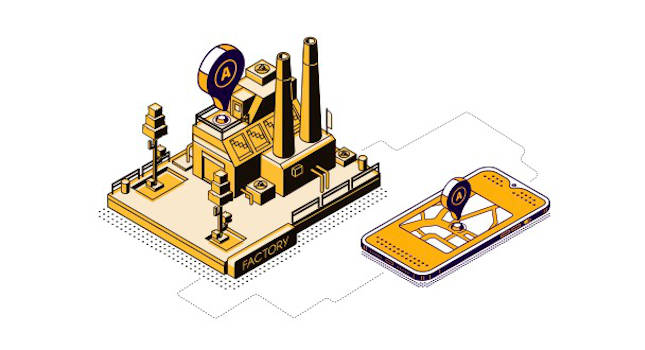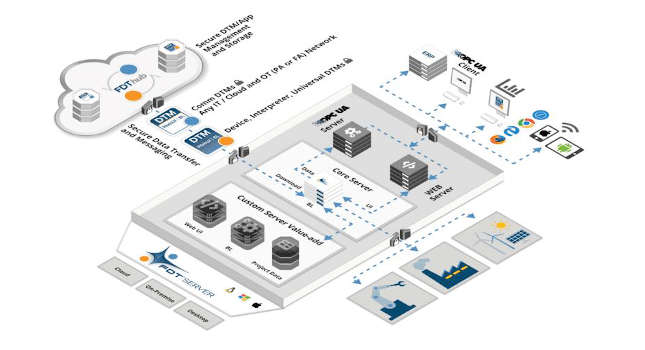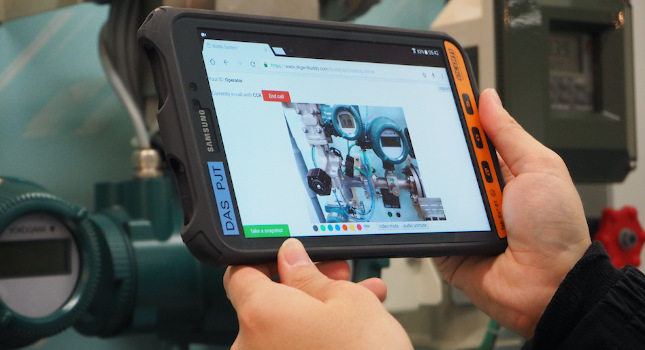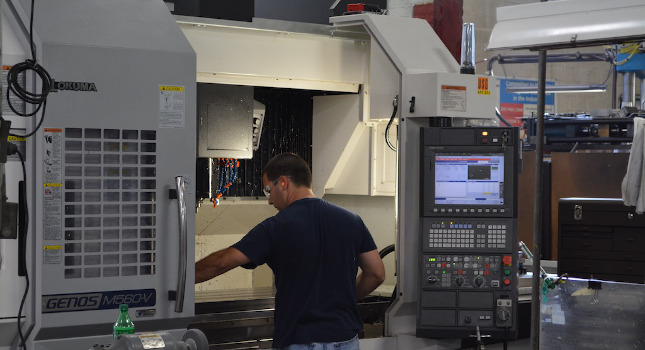When vibration equipment is purchased and brought into a plant, it is usually applied in one of two methods. Either machines that rotate or reciprocate are placed into vibration routes for testing, or machines are listed by criticality, and the ones deemed most critical to plant operations are monitored.
When vibration equipment is purchased and brought into a plant, it is usually applied in one of two methods. Either machines that rotate or reciprocate are placed into vibration routes for testing, or machines are listed by criticality, and the ones deemed most critical to plant operations are monitored.
Either of these methods works fairly well because machines that were not previously monitored often experienced failures from defects that were allowed to progress to failure. Another reason that the above methods are usually successful is that many defects in rotating and reciprocating equipment can be effectively addressed with vibration monitoring. Because defects or potential failures are detected, analyzed, and corrected, machines in the program will show improvement in reliability, making the plant as a whole more reliable.
However, even though plant reliability is improved, there are serious problems with both of these methods. There has been no direct attempt to address the specific failures that result in plant downtime. It is possible to have the plant rotors and reciprocators in good condition, yet plant reliability may still fail to meet requirements. How can this be?
Analyzing failures
An analysis of failures in most plants will show that many defects are present in auxiliary equipment that is not being monitored simply because it doesn’t rotate or reciprocate. These failures are not addressed by the strategies above, which reflects poorly on the vibration program even though it may be working well where applied. Top management may look at the unsatisfactory overall plant reliability and conclude that the vibration program is not living up to its claims.
The solution to this predicament is to address plant failures. Analyze all plant equipment failures and the work to eliminate them by applying the Pareto 80/20 rule, which states that 80% of the failures are in 20% of the machines. Plant equipment will dramatically respond to such analysis, and overall plant reliability will make quantum improvements. However, a part of the puzzle is still missing.
Current and past failures are now being addressed, but not all potential and likely future failures. These are failures that may never have happened but are likely to happen. In either of the approaches listed above, the tools are applied because they are available and because they can be applied to certain machines. What is needed is for users to ask what are the tools needed? Where should they be applied? In other words, instead of asking what can be done to the machines, ask what is required by the machines?
The answers come from knowing the machine requirements. What is required by the plant machinery in order to meet plant profit goals? Apply the vibration tools in a logical and systematic effort where they are needed.
Enter Reliability-Centered Maintenance!
By applying Reliability-Centered Maintenance, users learn the importance of machine functions and functional failures. RCM teaches users to determine what is required of the machines. These outputs are known as functions. For example, a consumer purchases an automobile to improve their mobility, so moving them from point A to point B would be one function that is required of the auto. Another is they would like the auto to deliver them to point B alive, so safety becomes another function. By knowing all of these requirements, the maintenance goal then becomes to maintain the machine functions at the required level in order to meet the demands or goals.
After determining the functions, users then determine all the ways that the required functions can fail. When this is accomplished, the next step is to determine all the likely causes for these functional failures. All failures that have already happened, as well as any failures that may not have happened but are likely to occur, are addressed.
The causes of these likely or potential failures are referred to as failure modes. When all of the failure modes are identified, a program is instituted to either prevent or minimize the effects of the failure. Had RCM been in place in the steel mill mentioned in the sidebar story (Lesson learned: look beyond the report), the reliability of the auxiliary equipment would have been addressed by the RCM analysis.
Even if users don’t apply a full RCM analysis to all plant equipment, RCM thinking will give some of the benefits of RCM. To paraphrase Jack Nicklaus, “A little RCM is better than no RCM.” Now, instead of applying the vibration tools helter-skelter, users target specific failure modes. Instead of monitoring a machine because they can, they are now addressing the specific needs of the machine.
RCM thinking also makes it easier for users to measure the value of their work because they have specific failure modes that they are addressing. They have a documented process for maintaining their assets, and when things go wrong, they can easily determine if they are addressing the correct failure modes with the proper tools.
It’s been said that it is better to not work on anything than work on the wrong thing. Working on the wrong thing adds no value and costs dollars. RCM keeps users focused on the right things by providing a logical and systematic process for maintaining equipment assets. To paraphrase John F. Kennedy, “Ask not what you can do to your machine. Ask what is required, and your machine will do for you.”
By using vibration equipment to track specific failure modes of machinery, users can directly address machine failures to improve reliability.
The red line shows machines in alarm. The orange line shows machines not in alarm. The blue line shows machines that have nuisance alarms and alarms where causes have not been determined.
| Author Information |
| Bill Hillman is a technical contributor for [email protected] |
Lesson learned: look beyond the report
The reliability manager of a steel mill was in discussion with a vibration technician about the plant asset condition report. A graph on the report showed that the plant assets were improving as indicated by an orange line making steady upward progress. The orange line measured the number of assets not in alarm. The upward trend of the orange line clearly showed that plant assets were improving.
While the reliability manager and technician were patting each other on the back, the plant operations manager walked in. The reliability manager proudly showed the graph to the operations manager, who was clearly not impressed. In fact, the operations manager stated that the condition report meant nothing to him because plant uptime was not improving. He then turned and walked out of the reliability office, leaving the reliability manager and vibration technician scratching their heads. Both knew the report was accurate, so how could it be possible that uptime was not improving, even though the machinery was becoming more reliable?
The reliability manager decided to investigate the issue. He acquired two years of downtime reports and, upon studying them, learned that the majority of downtime was not due to rotating equipment failures, but to failures in auxiliary equipment — air and water lines, refractories, etc. This equipment was not being monitored. No tasks were being performed in an effort to keep the auxiliary equipment reliable. The operations manager was correct. Uptime was not improving.



